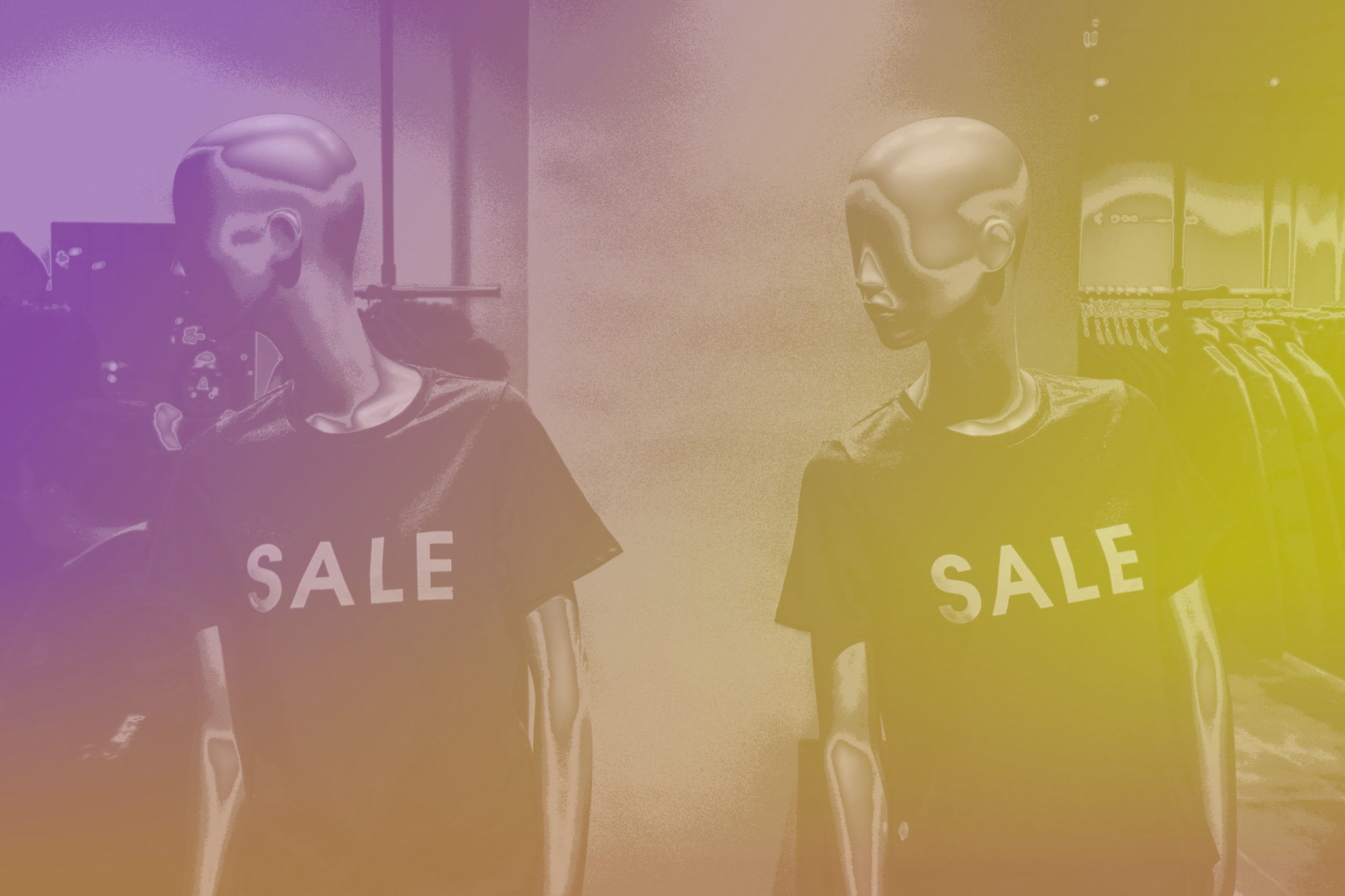The current pandemic due to the COVID-19 coronavirus has lasted long enough to significantly impact several industries, perhaps in permanent ways. Retail in particular is having a very difficult time. The traditional brick-and-mortar retail stores were already struggling to survive before the pandemic due to the convenience and abundance of online shopping. Unfortunately, the pandemic has accelerated things and, as Forbes describes, many retail stores have already been forced to close and declare bankruptcy. Now, as we continue to face a rising number of cases in America and more warnings to social distance and stay inside, we go into the most significant day in retail under pandemic restrictions: Black Friday. We decided to use audience intelligence to take a look and see whether we can expect the typical Black Friday rush, or whether people will instead heed the warnings and stay at home.
We are able to see that the conversation around shopping and Black Friday specifically has increased as we approach the Thanksgiving holiday. This is great, as it gives us a lot of data to analyze.

Although the majority of the conversation contains a negative sentiment, we do still have some advocates that are speaking positively about the upcoming Black Friday event.


Our first insight is that almost half of our advocates (accounts that speak positively about a given topic) are organizations promoting their specific Black Friday promotions. This is expected. Using our segmentation tools, we are able to easily exclude this group from our analysis.

Looking at the Person advocates, we learn that their conversation around Black Friday is mainly about three specific things.
- Complaints towards businesses and keeping their retail employees working.
- Black Friday deals and saving money
- Encouragements to shop online from the comfort of your home computer.

Understanding the audience behind the conversation
We can segment these three groups to learn who they are. The audience complaining about businesses and the audience encouraging people to shop online instead seem to be fairly general. When discussing shopping the message from this audience is pretty consistent. The first being cautionary, warning people not to go shopping and saying that retail employees should not be forced to face crowds of people during a pandemic, and the second mentioning online shopping or major brands that provide good online shopping experiences as alternatives with a positive sentiment.
But analyzing the third group along with a peek at preview of a few of their bios helps us understand that these advocates are either people working for brands and sharing promotions or news anchor reporting on upcoming promotions.
Let us exclude this third group and take a look at how the general audience talks about shopping.
What’s interesting is that we see a slight demographic difference in the audience sharing the two messages and how they discuss brands. We see an older audience criticizing brands for staying open and making their employees work.


While we see a slightly younger audience discuss the same brands with a positive sentiment and compliment them for having a solid online shopping experience.


One thing is clear: although there will be shoppers out there, we can expect a much smaller crowd waiting to rush into stores as soon as they open, as many major brands are focusing their Black Friday deals towards an online experience.


Recent Comments